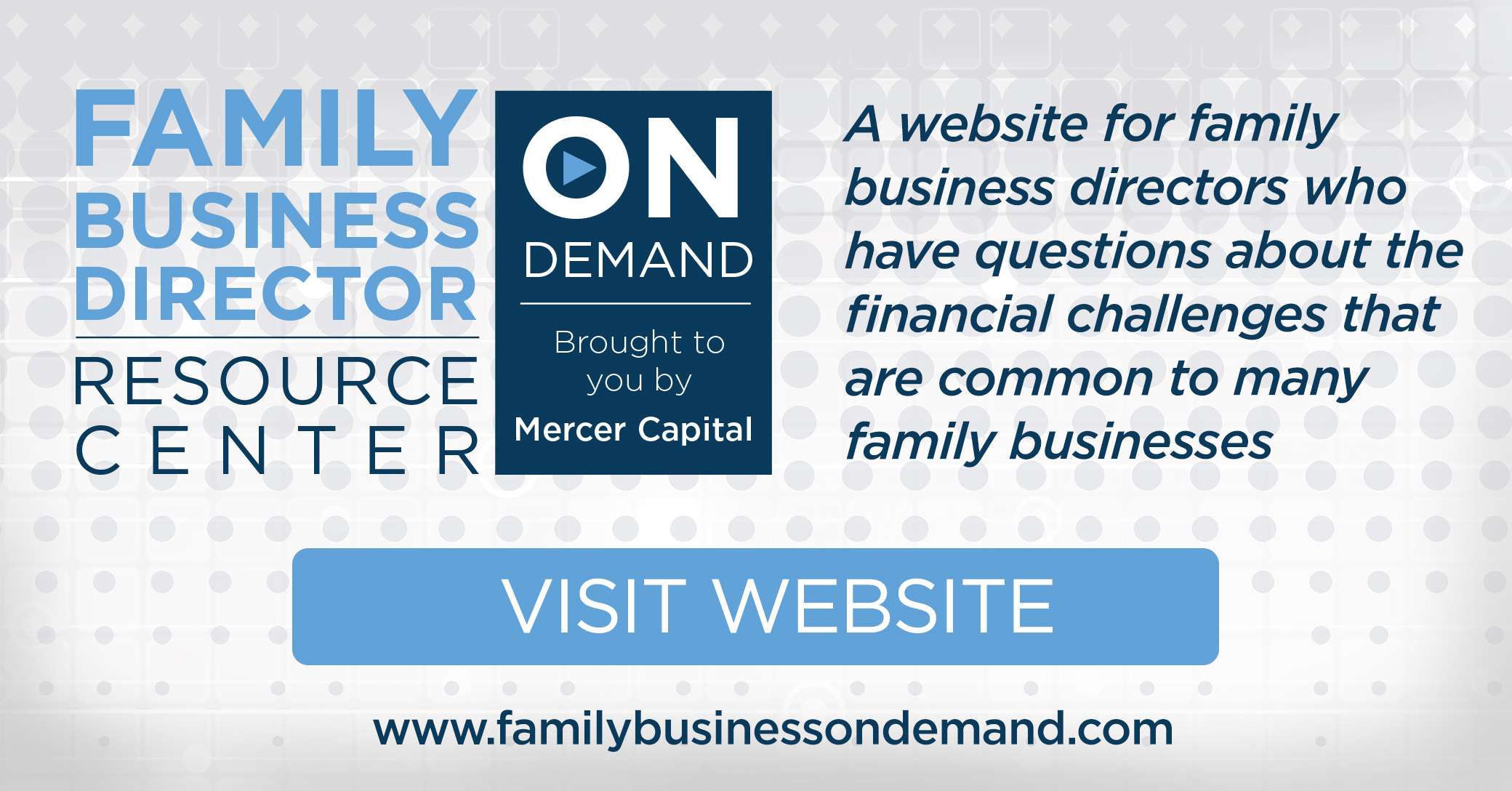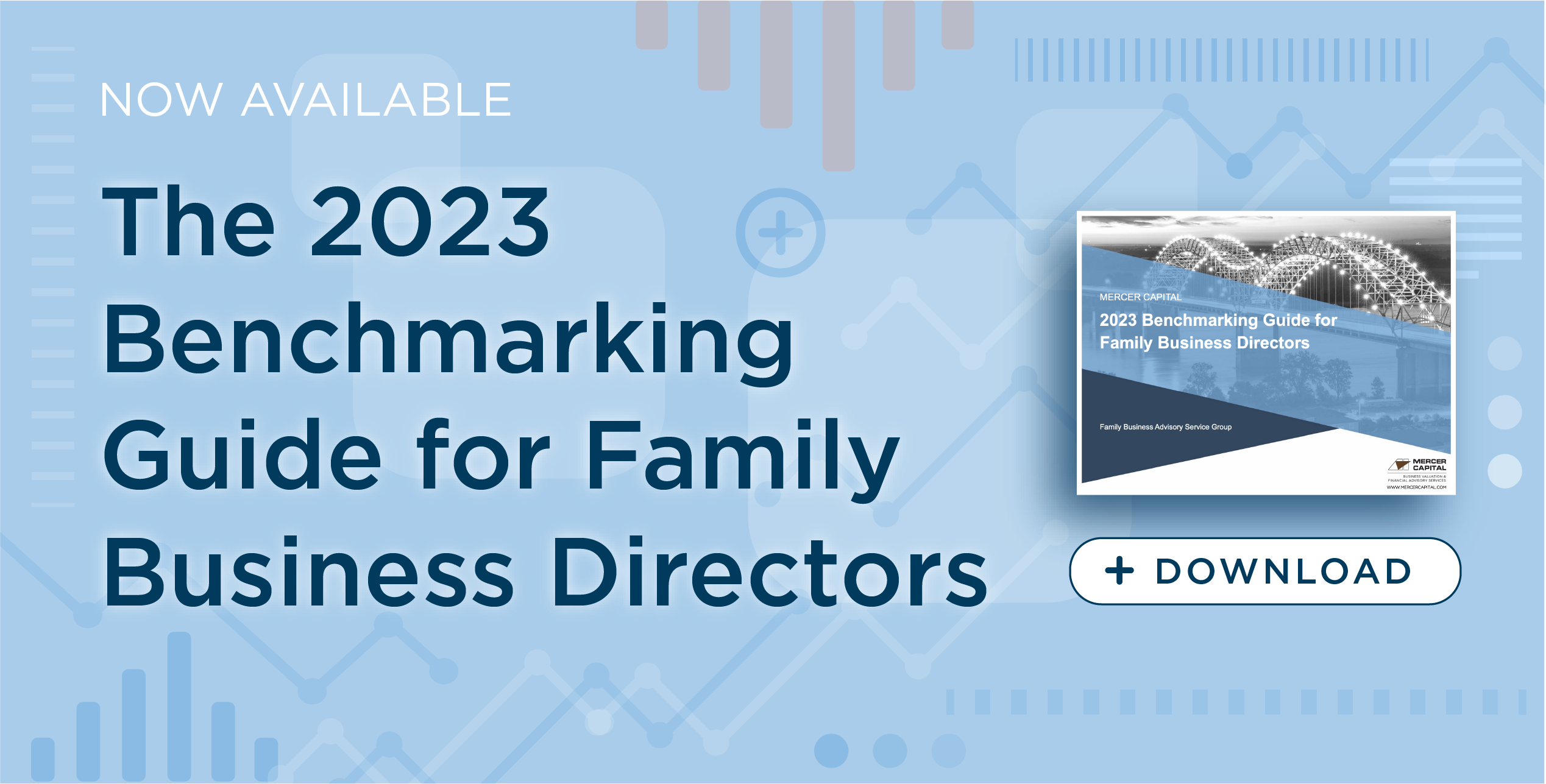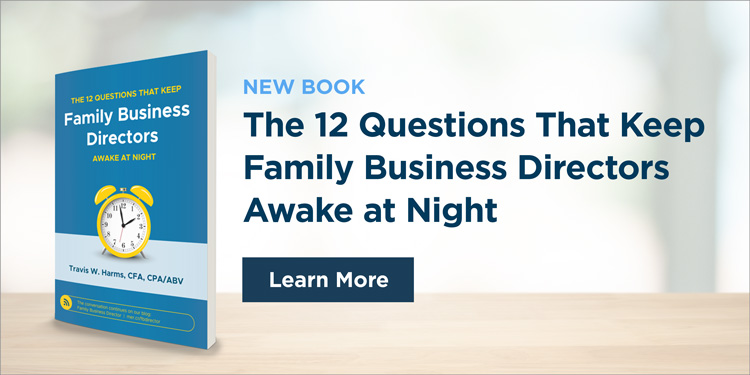Since the turn of the century, pension funds have increasingly turned to private equity investments in a bid to earn higher returns. As detailed in a recent Wall Street Journal article, pension funds have boosted private equity allocations from just 3% of their portfolios in 2001 to 14% in 2023.
The strategy was generally effective as average private equity returns over the past 20 years (as calculated per the MSCI index) outpaced the S&P 500 by over 4.0% per year (14% for private equity, compared to 9.7% for the S&P 500). For those inclined to do the math, the difference between earning 14% per year and 9.7% per year over 20 years is fairly dramatic: at 9.7% per year, $100,000 grows to approximately $637,000, but at 14% per year, that same $100,000 mushrooms to $1.37 million.
So while the private equity bet has paid off in terms of return, pension funds and other private equity investors are beginning to feel the risk that helped generate that extra return. Over the long run, returns follow risk, and private equity funds have provided outsized returns by taking outsized risks, the most significant of which are higher levels of financial leverage and accepting illiquidity.
What most family shareholders already knew – and pension fund managers are learning – is that illiquidity is a real risk. If you want the incremental return associated with that risk, you have to bear that risk.
Family shareholders bear the risk of illiquidity. On the one hand, that can be an attractive feature so long as the incremental risk is rewarded with incremental return. On the other hand, as we can see in the secondary market for private equity interests, shareholder liquidity needs don’t always align with corporate liquidity opportunities. Investors accessing liquidity “ahead” of schedule pay the price in the form of selling at a discount.
So what can family businesses and family shareholders do to manage the burden of illiquidity? Five things come to mind.













